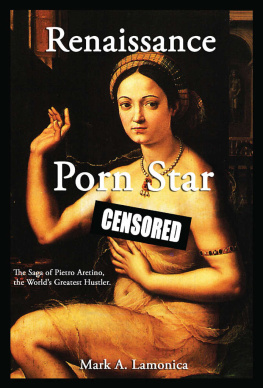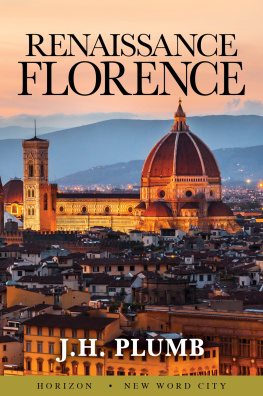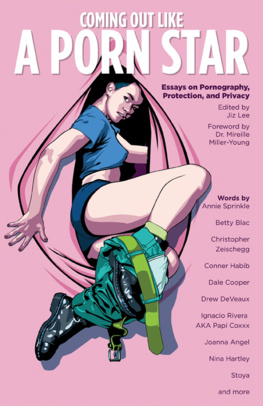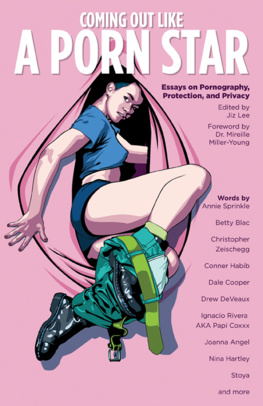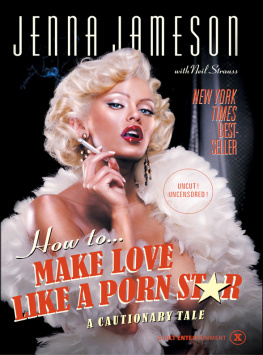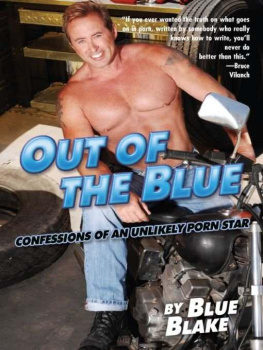RENAISSANCE PORN
STAR

THE SAGA OF PIETRO ARETINO, THE
WORLDS GREATEST HUSTLER
Mark Lamonica
Copyright 2012 Mark Lamonica
All rights reserved. No part of this book may be used or reproduced by any means, graphic, electronic, or mechanical, including photocopying, recording, taping or by any information storage retrieval system without the written permission of the publisher except in the case of brief quotations embodied in critical articles and reviews.
ISBN: 1456598791
ISBN-13: 9781456598792
eBook ISBN: 978-1-63003-623-2
Library of Congress Control Number: 2012911233
CreateSpace Independent Publishing Platform
North Charleston, South Carolina
To the working girl
Contents
Preface
This is a strange story about a notorious Italian genius by the name of Pietro Aretino (1492-1556). I consider him the best-kept secret in literature. Aretino pioneered the commercial porn industry. He was also the most famous writer of the sixteenth century. Today he is virtually unknown. I created this book as a tribute to his forgotten legacy. Before we begin, I would like to quote a passage from the great statesman, philosopher and writer, Sir Francis Bacon: Read not to contradict, nor to believe, but to weigh and consider. In the end, you can decide what to believe or not to believe. However, believe this: You will never read Shakespeare the same way again. I guarantee it!

Part I

A Whores Secret

God is loveI dare say. But what a mischievous devil love is!
Samuel Butler
Lets begin with a book Pietro Aretino wrote that happens to be the most outrageous book ever published, entitled Il Ragionamento della Nanna e della Antonia, The Rationalizations of Nanna and Antonia (1534). The English translation of the book is known as Dialogues. The story follows the adventures of a femme fatale who methodically mind-fucks male chauvinist pigs, making it the worlds first radical feminist novel. Whatever objections may be made against the work (because its classified as extremely obscene) I love it. First, the story answers Sigmund Freuds quintessential question: What do women really want? Actually, as Aretinos Dialogues trenchantly points out, they clearly want money, and lots of it. More importantly, they want to be acknowledged as being equal to men. Second, its as good as anything Shakespeare ever wrote. The author Raymond Rosenthal points out in his excellent translation of Aretinos novel (Aretinos Dialogues: 1971), This is one of the greatest impersonations in literature; to be set alongside Defoes Moll Flanders and Zolas Nana. The work is classified as a comedy but its much more; in fact, its the most penetrating psychosexual study of Rome during the height of the Italian Renaissance when Rome was the most decadent city in the world.
The story is told in the first person, in dialogue, by a very high-class whore (in Rome theyre called courtesans) named Nanna, and a sassy low-class whore named Antonia. The plot begins when Nanna is confronted with the dilemma that every mother sooner or later faces: How to guide her child on the right vocational road in life. After discussing the matter at length with Antonia, the various merits and pitfalls of which road to follow, Nanna concludes that she has three choices she can offer to her voluptuous teenage daughter Pippa (keen to make a living and capitalize on her own physical assets), and only three choices: One, become a nun; two, become a housewife; or three, become a courtesan. That was it for the sixteenth century. Each road Nanna had traveled in her lifetime. In the sixteenth century, a housewife was a slave to her husband, and a nun was a slave to the Church. On the other hand, a sixteenth-century Roman courtesan was typically a savvy businesswoman. They were the elite females of the period and the most powerful influence on Aretinos career as a writer: his muses.
Nanna finally acquiesces to her daughters desire to follow in her foot-steps, concluding that becoming a courtesan was by far the most profitable way for Pippa to make a living in a world ruled by degenerate men. Antonia agrees, and then Nanna proceeds to teach Pippa the tricks of the flesh trade, pointing out: The cornerstone of a whores art is to know how to playactabove all study deceit and flattery, for these are the embroideries that embellish the gown of the woman who knows how to get by. Nanna provides a fast-track catalog of whore wisdom to her daughter in the form of scams, scenarios, positions, and acting techniques that surround and support the vocation of a competitive whore.
Nanna, a female version of Machiavellis Prince, admits to every crime in the book (including murder) in her quest to survive and prosper as a prostitute. The deadly/hilarious whore tells her daughter a spellbinding story about her life as the most famous hooker in Rome. In the process, the reader gets a meticulous education in the art of sexual subterfuge, as well as a guided tour of Romethe people, the places, the customs, the food, the fetishesnothing is left out. We experience the Eternal City through the eyes of a seasoned courtesan who possesses a lifetime of experience studying men and women, their motives and means, their doubts and fears, their cunning plots and schemes, their very raison dtre. Aretino writes in the preface of his groundbreaking work:
I hope that my book will be like a scalpel, at once cruel and merciful, with which the good doctor cuts off the sick limb so that the others will remain healthy.
Aretino, one of the greatest moral critics to ever wield a pen, used comedy as a form of shock therapy for the soul. He sheds a blinding spotlight on the courtesans art, and at the same time he exposes the demonic dark side to human nature. In this sense, his book is a perverted religious masterpiece. I highly recommend reading it. I mean, who wouldnt want to be privy to a beautiful whores secrets? Im certain Shakespeare would! As the English poet laureate John Masefield wrote about Shakespeare, Sex ran in him like the sea. Did the Sweet Swan of Avon read Aretinos Dialogues? More importantly, did he use the pornographic work of literature as a model for his own characterizations of human sexuality, specifically in his choice of language? Aretinos Dialogues was published in London in 1588, right about the time the English were developing their own unique version of Italian melodrama. More on this later.
The most compelling evidence to support my hypothesis that Shakespeare read the Dialogues, is: One: Aretino was a bestselling author in London in Shakespeares day. Two, Shakespeare is famously known for ransacking Italian works of literature. And, three, Shakespeares writing style has a great deal in common with Aretinos, specifically, his incisive use of bawdy phrases and sexual metaphors: Blow; come; screw; prick; balls; piss; load; dildo; velvet dish; making the beast with two backs; the deed of darkness; the heaven that leads men to hell
Next page
